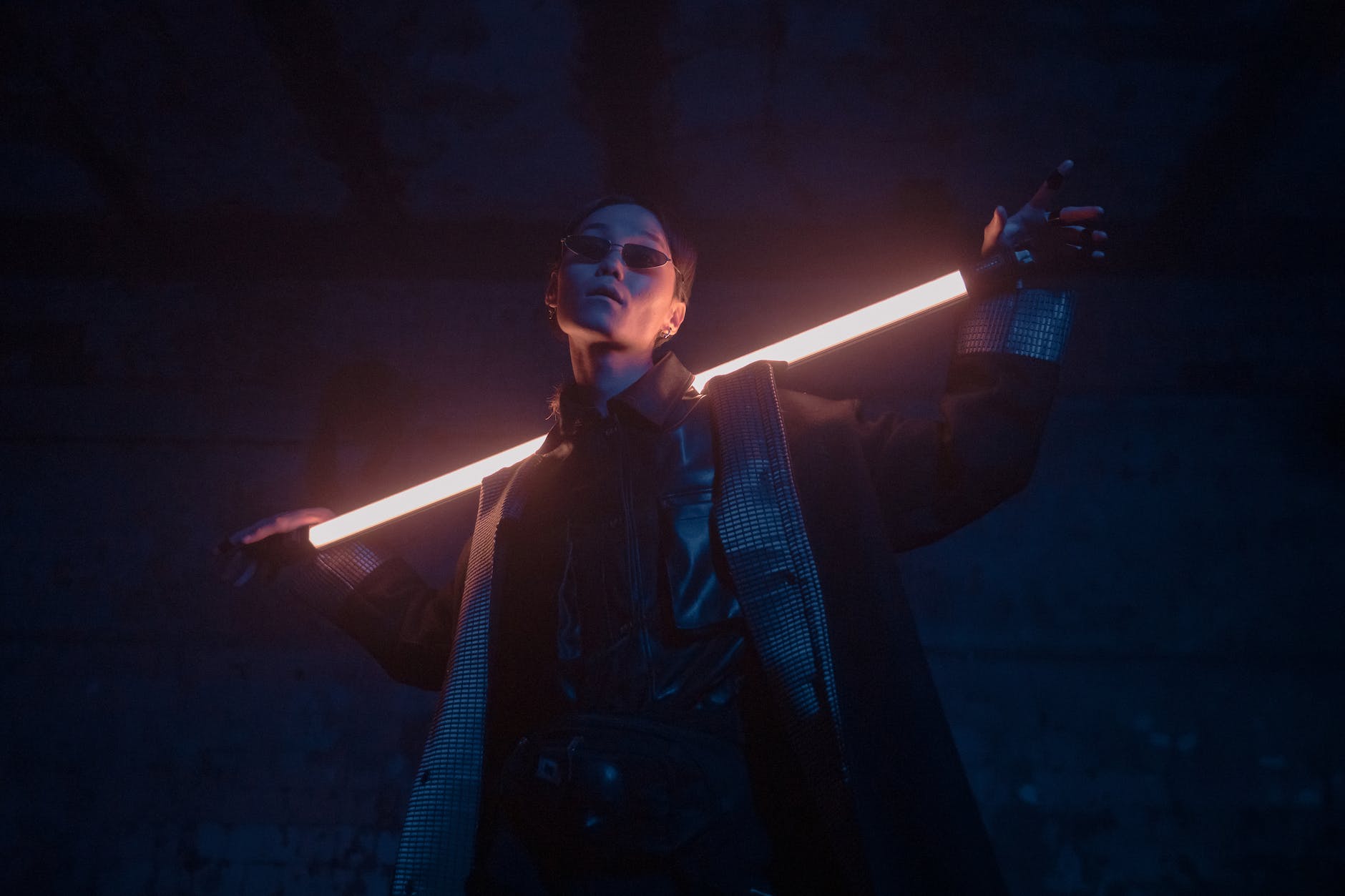
The Ultimate Guide for Novel Plotting – A Three Part Series
NaNoWriMo is nearly here. No matter what time of year it is, there’s always a NaNo event around the corner. I recently ran a poll on Twitter asking what you would like featured for Preptober in particular. “Novel Advice” won by a landslide. So I’m sharing all the best novel writing advice I can muster in this is a three-part series. It will provide you with all the information you need to learn how to plot a novel:
- The Basic Elements of a Novel (This Post)
- Choosing a Plotting Method
- Choosing a Story Structure
How to Plot a Novel – The Basic Elements
There are various schools of thought on what exactly goes into a novel. There is no single correct method for how to plot a novel. But, I’ve done some research and created a comprehensive list of what I think are the most important elements of a novel.
Premise
- This is a one or two sentence summary of your novel. You will use this to promote your work and pitch to agents. It’s the answer to that terrifying question, “So, what’s your story about?”
Plot
- Vastly oversimplified, this is the collection of events that make up your story. We know it’s much more complicated than that, and I will explain more about that later on.
Theme
- This is your moral argument, your message. What do you want your readers to take away from your story? What are you trying to say? Is it a political message? Or is your message about humanity in general? Your message might be humorous, educational, enlightening, etc…. This will be woven throughout your story, so pick something that resonates with you and that you feel comfortable writing about.
Setting
- Also known as your story world. World-building is a major feat and we will not be delving into this monstrous effort here. However, it’s wise to have a general idea of the major brushstrokes of your setting when plotting. For example, the time period, the place(s), the society and culture, whether or not you will include fantasy elements, etc… For help with world-building, check out my free workbook.
The Characters
- Every good story needs interesting and believable characters. Creating solid characters is another major task that we won’t deal with right now. For help creating characters, check out the character interview packet in the Free Resource Vault.
- At the very least you need a well-defined protagonist and an equally well-defined antagonist.
- The protagonist is the hero of your story, the main character, the person seeking a goal.
- The antagonist is your story’s anti-hero, the enemy of the main character, the person standing in the way of your hero’s goals.
- Learn more about different character types here and here.
Point of View & Narration Style
- There are several choices for how to tell your story. The types of point of view include – 1st person, 3rd person omniscient, and 3rd person limited.
- There is also 2nd person, but I don’t recommend this as it has a very limited audience. Most people won’t read a book in 2nd person.
- Your point of view will determine your narration style. You will be limited to specific narrators based on the point of view you choose.
- For example, if you’re using first person, your narrator must be your main character(s). You will tell the story from their point of view and they will be the narrator. (e.g. – I did this. When they looked at me, something happened. I am doing this. I see this.)
- If you’re using third person, your narrator will be someone else talking about your characters in the “he, she, it, they” style.
- Choose third person omniscient if you want your reader to know a cast of characters’ inner thoughts and viewpoints. (e.g. – Ensemble cast consisting of eight characters, of whom eight points of view will be used to tell your story.)
- Choose third person limited if you plan on using only one or two characters’ thoughts and viewpoints to tell your story.
- There is also the option of telling your story from the point of view of a narrator who is not a character in your story. Using this narration style offers many benefits, including a diverse and unique point of view. However, it prevents you from delving into the inner thoughts of your characters.
- Choose the style you think will work best for your story.
Tone
- This is how you as the author present your work. Your use of syntax, point of view, dialogue, and how formally you write all come together to create the tone of your novel. The tone is how you express yourself through your writing. Do you want your work to be super serious? Or are you presenting more of a tongue-in-cheek situation? Your tone can change throughout the novel, or remain exactly the same. It’s up to you!
Research
- Not every novel needs research. But many do.
- Some storylines that may require research include:
- Studying how rocket ships function for a sci-fi novel
- Brushing up on vampire lore for a horror story
- Learning about forensic science for a detective mystery
- Studying the Victorian Era for a historical fiction series
- Etc…
- It’s important to do this before you start writing. Otherwise, you might get overwhelmed, especially during NaNoWriMo. So take the time to do your research. You may even find it actually makes plotting your novel easier.
Use this handy checklist to make sure you’ve got all your basic novel components together:





